Hamilcar and his successors in Spain
Shortly after quelling an uprising in Carthage, Hamilcar transferred its activities to Spain; counting that by exploiting the resources of this rich peninsula (precious metals, and soil fertility) will strengthen the power of the state and army for the forthcoming war with Rome. The main part of the population of the Carthaginian colonies in Spain was the Iberian tribes. Northern areas of the land were invaded by the Celts, which was partly mixed with the Iberians tribes. Phoenician colonies appeared quite early, but Carthage did not paid much attention on them until it lost Sicily. After successfully started operations in 229 BC, Hamilcar was killed, and at the head of the army came his son-in-law Hasdrubal the Fair. He founded New Carthage (Carthago Nova) – a large fortress and trading port.
The Romans were upset by this penetration of Carthaginians in northern Spain, and in 226 BC, they sent to this area a mission, which concluded a contract with Hasdrubal. According to this contract, the Carthaginians were pledged not to cross the Ebro river for military purposes (undoubtedly, this was more favorable to Carthage). Activities inside of the country, as well as the war with the Gauls, did not give to the Romans the opportunity to provide serious resistance to Carthaginian power in Spain.
In 221 BC, Hasdrubal the Fair was killed and Hannibal Barca took over his place (Hamilcar’s son) which at that time was 25 years old. He was already a mature military leader, brought up in hatred of Rome. As soon as he took command, he believed that the military was ready to fight with Rome, which also was prepared for war. Massalian people,which were long time rivals of Carthaginians, also encouraged them to go in war.
The cause of Second Punic War
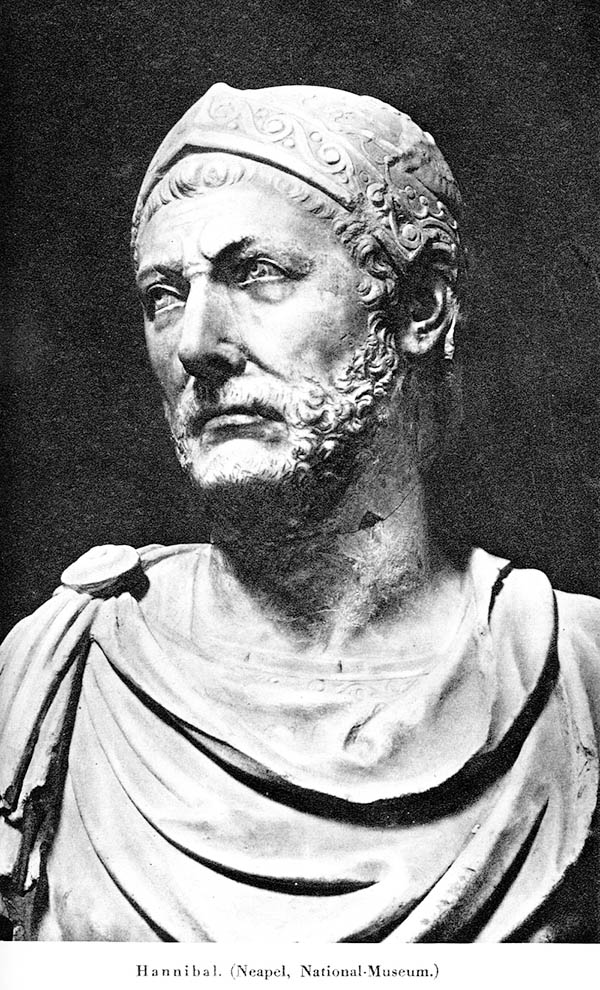


South of the river Ebro, Sagunto was only sea town (it was Hellenized Iberian city), which did not obeyed to Carthaginians, but it entered into an alliance with Rome. Hannibal besieged the town under the pretext that the Sagunto attacked one of the tribes, which were under Carthage authority. Sagunto resisted over the course of eight months. However, when Sagunto was occupied in 219 BC, the Romans sent a mission to Carthage with a demand to hand them over Hannibal. When Romans demand was rejected by Punic, this was a trigger for war.
Hannibal in Italy
The strategy of the Romans was such that the war was being waged on the opponent’s territory, and in that purpose one army landed in Africa and the other army in Spain. Hannibal was faster. He entered into an alliance with the Gauls shortly after the Romans conquered them. On the other hand, he counted that some Roman allies will fall off after their first success. Hannibal just had to cross the Pyrenees and the Alps, which up until then no one has ever done against so many hostile armies.
He started marching from New Carthage, in the spring 218 BC, crossed the Pyrenees and marched along the coast. He managed to make a peace with some indigenous Celtic tribe, while with other tribe he had to fight war. However, Gallic tribes have failed to prevent him to cross river Rhône.
A cross through the Alps was particularly difficult (harsh climate and repeated Celts attacks), but at the cost of large losses, a brilliant military leader succeeded to cross the Alps. On the other side of the Alps, Celtic people, who had promised to help him, welcomed Hannibal. Celtic people were not satisfied with Roman rule, and this help allowed Hannibal to rest his troops. His troops were drastically reduced to 20.000 infantry and 6.000 equestrians. This cross was total surprise for the Romans.
Battle of Ticinus and Trebbia
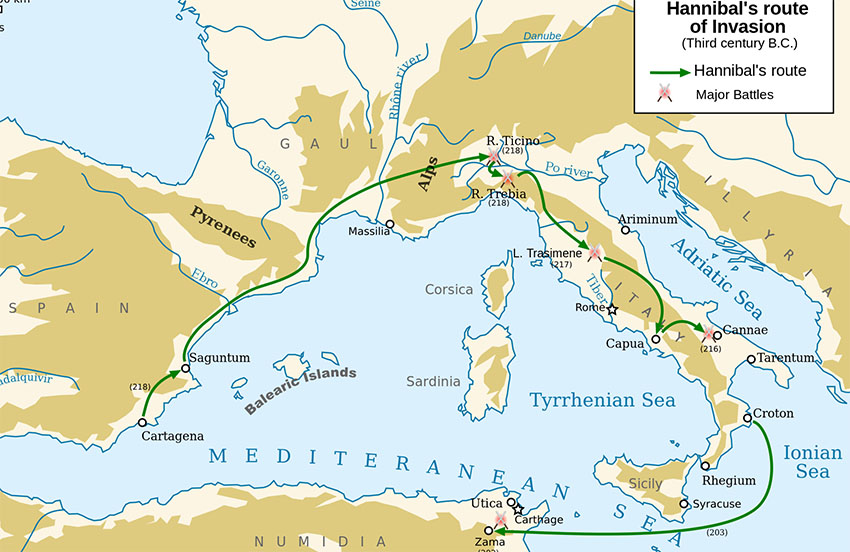


Publius Cornelius Scipio (Elder)– a Consul from 218 BC was already moving in the direction of Spain, because he wanted to fight with Hannibal. However, Publius Cornelius Scipio had to stay in the northern Italy due to the rebel of Gauls. Scipio was in Massalia when he heard the news of Hannibal’s movement. Scipio decided to move (it was too late) towards Rhône river. Publius Cornelius Scipio accompanied his brother Gnaeus Cornelius Scipio Calvus to Spain, then he returned to Italy, in order to beat Hannibal at the Alps passages. The second Consul – Tiberius Sempronius Longus, was recalled from Sicily because Rome gave up on African expedition. In the battle, at the river Ticinus (November 218 BC), Hannibal destroyed Scipio’s troops. Then the consul armies joined together and attacked Hannibal in December 218 BC near Trebbia river, but they were defeated here as well. In Rome, this caused fights between various political groups. Democratic groups won in this battle. At the head of these groups was popular Gaius Flaminius Nepos, which was elected as consul in 217 BC.
Battle of Lake Trasimene
In northern Italy, an uprising of the Celtic started after the last battle. Number of the rebels increased so much that it doubled the number of the Hannibal’s army. Therefore, in the spring of 217 BC, he left winter camp so that he continued an offensive against Italy.
In Ariminum (todays Rimini) and Arettium (todays Arezzo) were concentrated Roman troops, whose task was to prevent Hannibal’s crossing over the Apennine Mountains, but Hannibal decided to cross through swampy lowlands of the river Arno. Carthaginian army marched 4 days and 3 nights up til waits and chests in the water. Many soldiers were lost, many of them fell of their horses, only one elephant stayed alive. During march Hannibal himself lost an eye, but Hannibal with army managed to go around the fortified positions of the Romans.
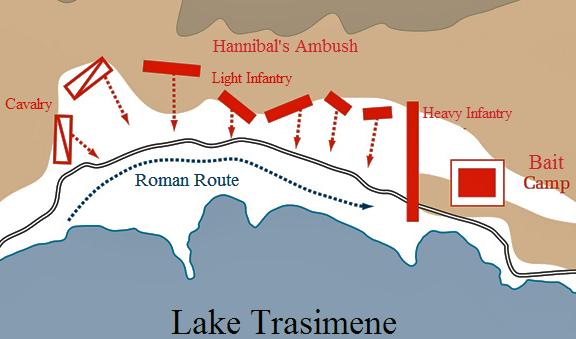


Hannibal decided to move further to the south where he destroyed everything around him. Gaius Flaminius Nepos then decided to follow Hannibal without waiting for more army. However, Flaminius actions were well known to Hannibal who had well-organized scouts. Flaminius path led through a narrow valley, which was lying between the mountains and Lake Trasimene.
Hannibal overnight crossed the valley, occupied higher grounds, and deployed troops behind the hills. The next, gloomy morning, when the Roman army broke out, without expecting that anything will happen, the Roman army was attacked from all sides. Flaminius was killed at the beginning of the battle. One part of the Romans had been killed and the other part of the army cavalry thrown into the lake. Only one squad of 6,000 people took the hill, but they were surrounded. They decided to surrender under conditions of free retreat. The total number of dead Romans was around 15.000 people.
Hannibal kept the Romans in captivity and he released Roman allies to their homes. After that, Hannibal decided to move towards the Adriatic Sea in order to provide himself a broken connection with Carthage. By passing through Umbria and Picenum he destroyed villages. In Apulia, Hannibal stayed a bit so that his troops can rest. Then he reorganized the troops according to the Roman model.
Quintus Fabius Maximus and his tactic
For several days, Senate deliberated on the situation. Gaius Flaminius defeat contributed to strengthening of the aristocratic party. Quintus Fabius Maximus was very well known conservative, who was appointed as a dictator.
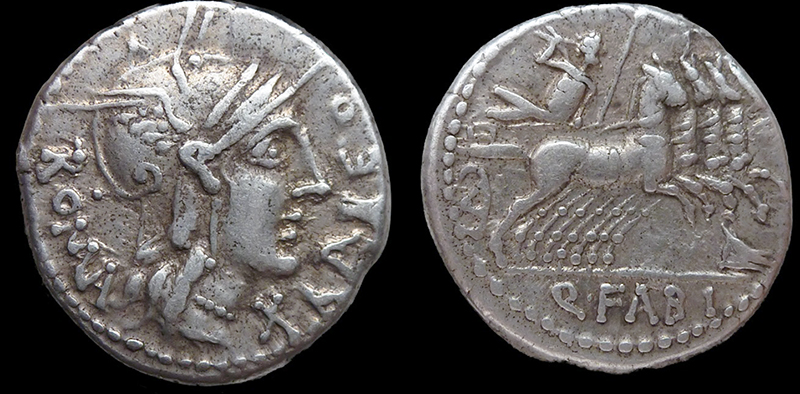


The new war plan was counted on the depletion of the opponent, because it predicted an inevitable defeat in a decisive battle. Its advantages were found in inexhaustibility of the reserves and in the army number. Fabius Maximus avoided decisive battles, and was satisfied with small skirmishes, but he attacked mainly Carthaginian chamber. This act did not met sympathy in the democratic ranks for which he was named Verrucosus (Cunctator). Even his closest collaborator Marcus Minucius was against this tactic, therefore during one occasion when Fabius Maximus was absent, Marcus Minucius managed to deliver a defeat to Carthaginians. This impressed the Romans so much that against all customs Marcus was declared as second dictator. However, Hannibal soon after that destroy Marcus Minucius army, and only the help of Fabius Maximus saved him from a total collapse. Fabius also kept the allies so that they do not cross to the side of the Carthaginians.
Food supplies were one of the most important Hannibal tasks. Hannibal moved from Apulia to Samnium and from there he moved to Campania where he collected food supplies. Then Hannibal returned to Apulia, where he wintered 217 – 216 BC. Consuls from 216 BC Lucius Aemilius Paullus (Fabius Maximus supporter) and Gaius Terentius Varro, a democrat and supporter of decisive action against Hannibal.
Battle of Cannae 216 BC
In Apulia, in summer 216 BC, at the bank of the river Aufidus (today Ofanto), at the village Cannae Roman army clashed with Hannibal. Hannibal was out numbered but he had a strong cavalry and he centralized command unlike the Romans who had two rival generals.
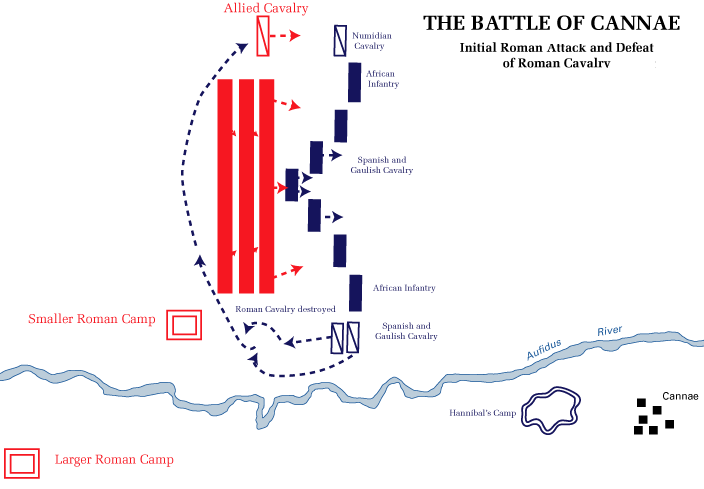


In the centre of the Celts, Hannibal deployed its troops in a crescent-shaped, and on the sides of the city were selected Carthaginian infantry and cavalry. At the very beginning, Hannibals army broke small numbered Roman cavalry, while the Celts retreat a bit, but Hannibal surrounded them with the infantry. The Romans tried to defend themselves by forming a circle, but they could not resist Hannibal’s army, which broke their line of defence – general extermination. According to some sources from the Roman army which numbered more than 50 000 people only 14 000 soldiers were saved. Many Senators and military tribunes were left on the battlefield, including Lucius Aemilius Paullus. Only a small part of the troops was saved by escaping, and among them was Marcus Terentius Varro. The remains of Roman troops were stopped and young military tribune Publius Cornelius Scipio Younger (son of Publius Cornelius Scipio Africanus) placed them in order. Every effort was made so that line of defence was prepared to defend Rome. All citizens, who were older than 17 years were asked to join in defending the Rome. The Senate decided on a last resort: two legions, which were formed of slaves. Shortly after the victory in battle of Cannae, Hannibal concluded agreement (215 BC) with Macedonian king Philip V against Rome.
Hannibal was also weakened by losses and he tried to take advantage of the Roman defeat in the diplomatic purposes. However, since the Senate refused even to negotiate with him, he finally achieved that he wanted: many tribes and cities of central and southern Italy turned on his side or they were thinking to go on his side. Anti-roman groups everywhere won.
In Campania, people of city Capua came on to Hannibal side while Cumae, Naples and Nola remained faithful to Rome. In 209 BC, for some time, twelve Latin colonies refused to give army for defending Rome.
Roman conquest of Sicily
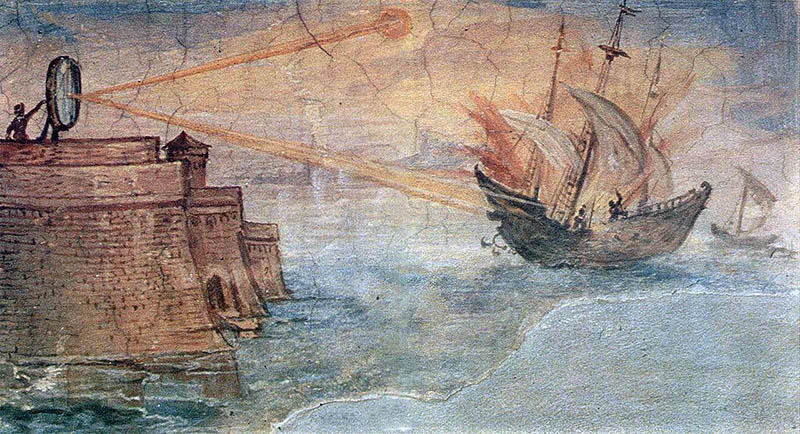


Marcus Claudius Marcellus was sent to Sicily and in 213 BC, he besieged Syracuse. It was very hard for Marcus to conquer the city because all the supplies and raising the fortification around the city was participated by famous antique physicist and mathematician Archimedes. In the autumn of 211 BC Marcus managed to conquer Syracuse. The city was robbed, and enormous loot was taken out of the city. After Agrigento fall, the Romans ruled over entire Island.
Fight in Spain
Since 218 BC, military operations did not ended not even in Spain. Romans sent there Gnaeus Cornelius Scipio, and in 217 BC arrived in Spain, with reinforcements his brother Publius (Consul whom Hannibal broke in 218 BC). At first, the Romans had a success, they occupied Sagunto, but in 211 BC, both Scipio’s brothers were defeated and killed by Carthaginians. Romans stubbornly continued to struggle in Spain, considering it the main source of power, i.e. silver and recruits of Carthage.
In 210 BC new expedition led by Publius Cornelius Scipio (Junior), Consul’s son of 218 BC, proved to be a good general, despite his age, in the battles of Ticinus and Cannae and he enjoyed great authority. Assembly made a special decision to grant of imperium to the young Publius Cornelius Scipio and he was named proconsul (governor). This was the first case in Roman history that imperium was granted to an individual instead of the magistrate. In 209 BC, he conquered the New Carthage, using low tide of the sea and he penetrated from only available side, which was the side by the sea. Publius failed to prevent Hasdrubals (brother of Hannibal) to make connection with Hannibal’s army. In 206 BC, Publius started to reign over the southern part of the Iberian Peninsula.
Hannibal ante portas – “Hannibal is at the gates!”
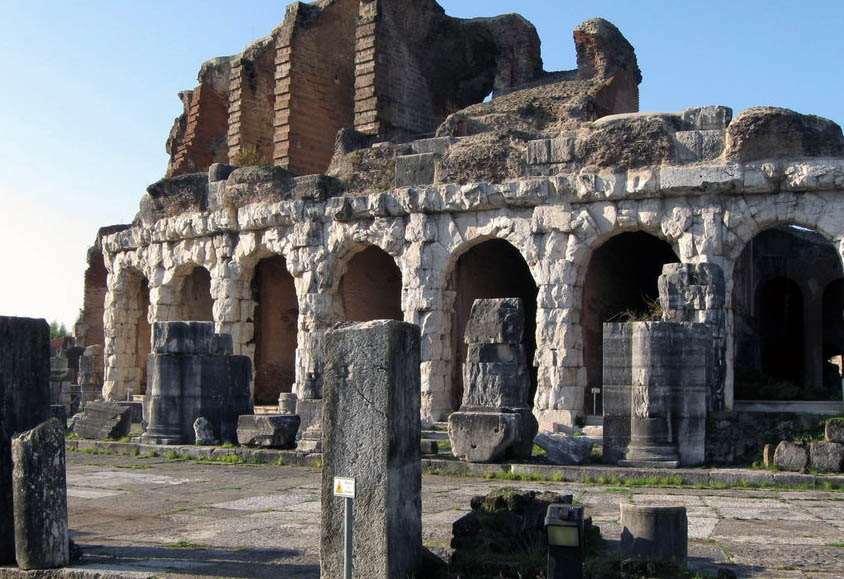


The gradual twist happened when the Romans conquered several cities that belonged to Carthaginians. In 212 BC, Romans besieged Capua but in order to distract them Hannibal headed to Rome. This move caused a legendary panic in Rome “Hannibal ante portas”. But Hannibal did not attacked Rome. He was satisfy with the fact that he ravaged surrounding fields. For some time, Hannibal stayed near the city and after that, he retreated to Campania and headed to the south. Soon after that, Capua capitulated and was brutally punished by Romans. This daunted Hannibal’s authority among his Italic allies. In 209 BC, 80-years-old Fabius Maximus occupied Tarentum. Hannibal’s plan was to unite with brother’s army, but his brother Hasdrubal Barca was defeated in 207 BC at the river Metaurus where he was killed. From that point, the position of Hannibal, who did not receive the necessary help from the Carthaginian oligarchy, became very difficult.
Battle of Zama 202 BC
Publius Cornelius Scipio Africanus was elected as a Consul in 205 BC, and in 204 BC, he came to Africa, and he landed not far from Utica with an army of 30.000 people, and with around 7.000 volunteers-veterans. Carthaginian senate asked Hannibal to return from Italy. In 202 BC, happened the last battle at Zama, Massinisa- Numidian king offered great help to the Romans. He gave Romans an excellent cavalry and Hannibal suffered his first and last defeat. Carthage was no longer able to offer resistance.
Conclusion of peace
In 201 BC, a peace was concluded. Carthage kept only its possessions in Africa, where it was allowed to wage war only upon the permission of Rome. During the next 50 years Carthage had to pay a contribution of 10.000 talents, and it lost an entire navy (except 10 guard vessels). Carthage had to surrender all hostages to Rome. Massinisa became more stronger thanks to the Numidia tribes – which were free and up until then these tribes were totally dependent of Carthage.
The consequences of the Second Punic War
Under the Hannibal’s influence, democratic reforms in Rome have been conducted after peace conclusion. Control of finances allowed the payment of contributions, without burdening the citizens by excessive taxes – a discontent of oligarchic party and the Romans suspiciousness. In 195 BC, Hannibal had to run away from Carthage.
The fate of the conflict was resolved in Italy:
- Despite successes, the Carthaginians were unable to break the resistance of the Romans who were defending their territory
- The Roman army was composed of free citizens
- The allies were leaving Rome as long as Hannibal was successful
- Finally oligarchy did not provided Hannibal necessary assistance
In its second stage, this war was not defensive but conquering (southern Spain and entire Sicily after 210 BC belonged to him). The Roman constitution proved to be unsuitable for emergency wartime conditions. In the Senate, a conservative group of Fabius Maximus Cunctator still played a major role. He was a princeps of Senate and he was recognized as a saviour of homeland. However, after his death, nobility had to recognise Scipio’s authority, which was named because of his victories an African.
This was start of series of war conquests, which Romans led later. It led not only to the outside but also to a number of internal changes. From this period, it was enhanced the control of the Senate over the allies (especially in the military). Romans began to see them as their vassals, such measures found support of the municipal aristocracy. These changes in the Roman economics and social order were particularly clearly demonstrated in mid-second century. This was reflected in the Roman politics. Rome started with preparations for the annexation of weak states.
